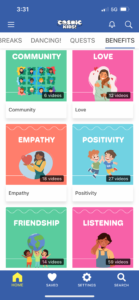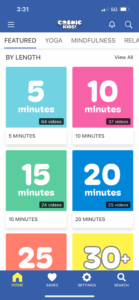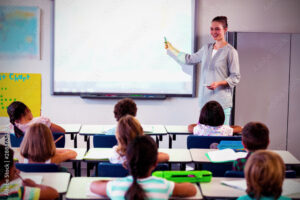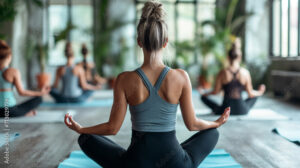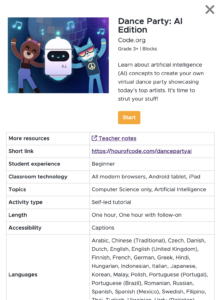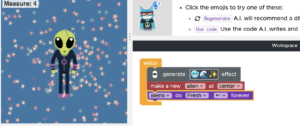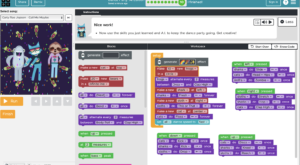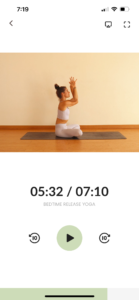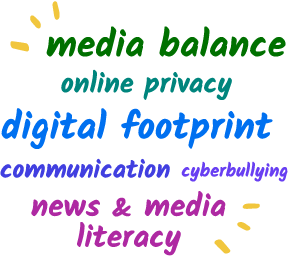I was intrigued by the article discussing having multiple online identities being more common than we think. I find this true in knowing that I have an account on Facebook and an account on Instagram. My audiences for both platforms are different from one another. My Facebook is more for childhood friends, hometown community members, and family, whereas my Instagram is geared towards friends and audiences of people who are my age (with some overlap). What I share on Facebook, isn’t necessarily what I would share to my Instagram and vice versa. With this I choose who my audience is to see my post. I am not someone who has multiple online identities but I understand why people do. It is all about selecting your audience and sharing what you want to share with the right group of people. Think of having oral conversations with groups of people within your life. What I share with you may not be what I want to share with my family or my one group of friends versus another.
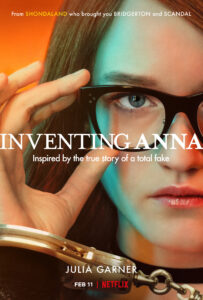
It is also important as we are on social media to know that what we see at face value isn’t always what is happening behind the scenes, just like a Split Image. With mental health being not as taboo of a conversation that it once was, we know that online platforms can tell a story of what we want our audiences to see. Using our social media we can paint a picture of what we want our lives to look like and share it with acquaintances or strangers. Does what we post online need to be truthful to how we are feeling and what we are experiencing? No. And that is how it is for so many of us. If I want to feel like I live this lavish lifestyle of always being out on the town and hanging out with my friends, then I can create an Instagram or Facebook profile that shows exactly that and only that. I also think of the Netflix series: Inventing Anna. For those of you who don’t know Anna creates a persona of who she truly wants to be and posts on her Instagram about her life, claiming she is a German heiress wanting to launch a member’s only club called the Anna Delvey Foundation. The show represents how you can create yourself to be anyone you want to be by believing it and posting it, but this does not tell the whole story or necessarily any truths.
Jon Ronson discusses how one tweet can ruin your life. He shared the story of of Justine Sacco making a racist tweet about the possibility of getting aids on her trip in Africa. During the flight, her tweet took over all of twitter becoming the number one trending topic worldwide. Justine’s tweet resulted in her being shamed online, but went further into her life by losing friends/family, losing her job, and diminishing her mental health. What she thought was humours hit a nerve with many people… again know your audience. Maybe her inner thought should have been a text to a friend, still getting the satisfaction of a giggle without it being made public.
So now here is the question… Do you have the right to have elements of your digital footprint be forgotten? I find this quite controversial. Some people forgive, some people forget, but that doesn’t apply to everyone. You decided to post it, so deal with the consequences. Or should people allow for second chances and give people the benefit of the doubt. This is not how the digital world works, so we need to be careful about what we share wether it be about our beliefs, political standpoints, our humour, etc.
So as educators how we can live by this standard knowing that a post we possibly made as a teenager can hurt our futures in the workforce? How can we teach and protect youth in our schools from public shaming and having them fully understand about the masses that their digital footprints can be?

